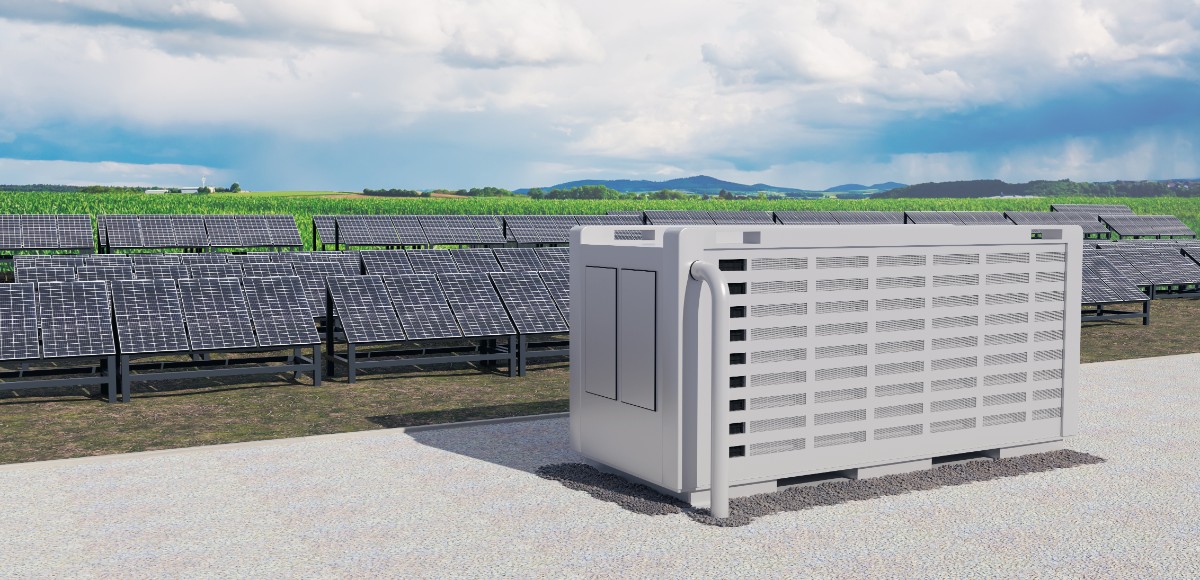PV and Battery storage acts as a buffer between the consumer and the utility grid. It’s an extra reservoir of stored solar energy that is available during periods of high demand or when PV is not being collected. This configuration automatically gives you options in the storage and distribution market, including opportunities to sell power at a premium.
It’s possible to increase the value of your PV energy by strategically coordinating when and how you use the stored power in your commercial solar batteries. Two of the most common ways to do this include load shifting and peak shaving.
Peak Shaving Defined
Most utilities set electricity rates for businesses and industrial customers based on each user’s maximum peak load for that billing period. Doing so is necessary to ensure that these heavy power users have access to electricity on demand – whenever they need it. However, it also requires that utilities keep equipment and resources on standby when no one needs that extra electricity.
Utilities apply “demand charges,” which is the energy equivalent of Internet bandwidth to cover these standby costs. The more power you might need at any time, the higher your base rate for that billing period. You can look at your energy bills to identify historic spikes in consumption. Those peaks represented when you used the most electricity. And they are what utilities use to calculate your business’s demand charges.
To reduce these charges, businesses historically had to scale down production to keep their consumption levels consistent. But with batteries, you can use stored solar power when your energy needs are highest. This reduces your max peak load, which in turn reduces your demand charges.
Peak shaving is a very effective strategy for reducing utility costs – especially if your heaviest energy needs follow a set schedule. For example, imagine a municipal fleet of school buses that all finish their routes, return to the depot, and charge at the same time every day. Using on-site batteries to flatten out this daily spike in demand would generate lower overall utility bills for the entire city.
Load Shifting Defined
With load shifting, businesses move their most energy-intensive operations to the cheapest times (solar power is most abundant). And they rely on batteries whenever grid prices are highest. Note that these businesses are consuming just as much energy as before – they’re just “shifting” when they consume it.
This strategy is well-suited for businesses with predictable energy needs like peak shaving. For example, most solar-enabled office buildings switch over to grid electricity when the sun goes down. Not only does this generate a sudden spike in consumption (leading to demand charges), but sunset also coincides with peak rates in many utility markets.
However, you can use stored solar energy to power your operations at dusk with batteries. This helps to smooth out consumption spikes while still allowing you to perform the same amount of “work.”
Decreased Carbon Footprint
Decreasing your carbon footprint is one of GFES primary goals and it offers immediate environmental savings when generating electricity from clean sunshine instead of relying on traditional carbon intesnive utility power generated from oil, natural gas, or coal.
Adding batteries can significantly grow those carbon savings, as they delay the need to draw electricity from the grid. Combined PV and storage also reduces how and when you take utility power.
Improved Frequency Response Defined
Frequency response is an electronic component’s ability to adjust to sudden dips or spikes in power. Relying exclusively on the grid or PV panels exposes a business’s appliances to potential surges or breakages. A passing cloud, for example, could stop blocking the sun – sending a sudden jolt of solar power that could damage some internal circuitry. Batteries help prevent this.
Acting as a buffer, they can absorb sudden spikes in power. And when there is an unexpected dip, these same batteries can be used to power your operations with a steady charge.
GFES has spent many years acquiring premium solar energy sites across the American Southwest, always focusing on areas of high demand and adjacent to existing transmission lines with excess capacity to transmit all the potential energy the site could produce. These sites are locacted in optimal radiation zones and readily accessible for installation and maintenance of the systems.
GFES is a PV solar pre-development company which means, we analyze the market, area and need and then acquire sites to meet that need. Once a site is located GFES acquires the location and then partners with industry experts to develop the site to its full potential. These strategic partnership often lead to other opportunities and additional ventures within the industry
- GFES works with industry leaders in the PV solar and storage
- GFES is environmentally conscious.(https://www.eia.gov/energyexplained/solar/solar-energy-and-the-environment.php)
- GFES is a pioneer in sustainability

